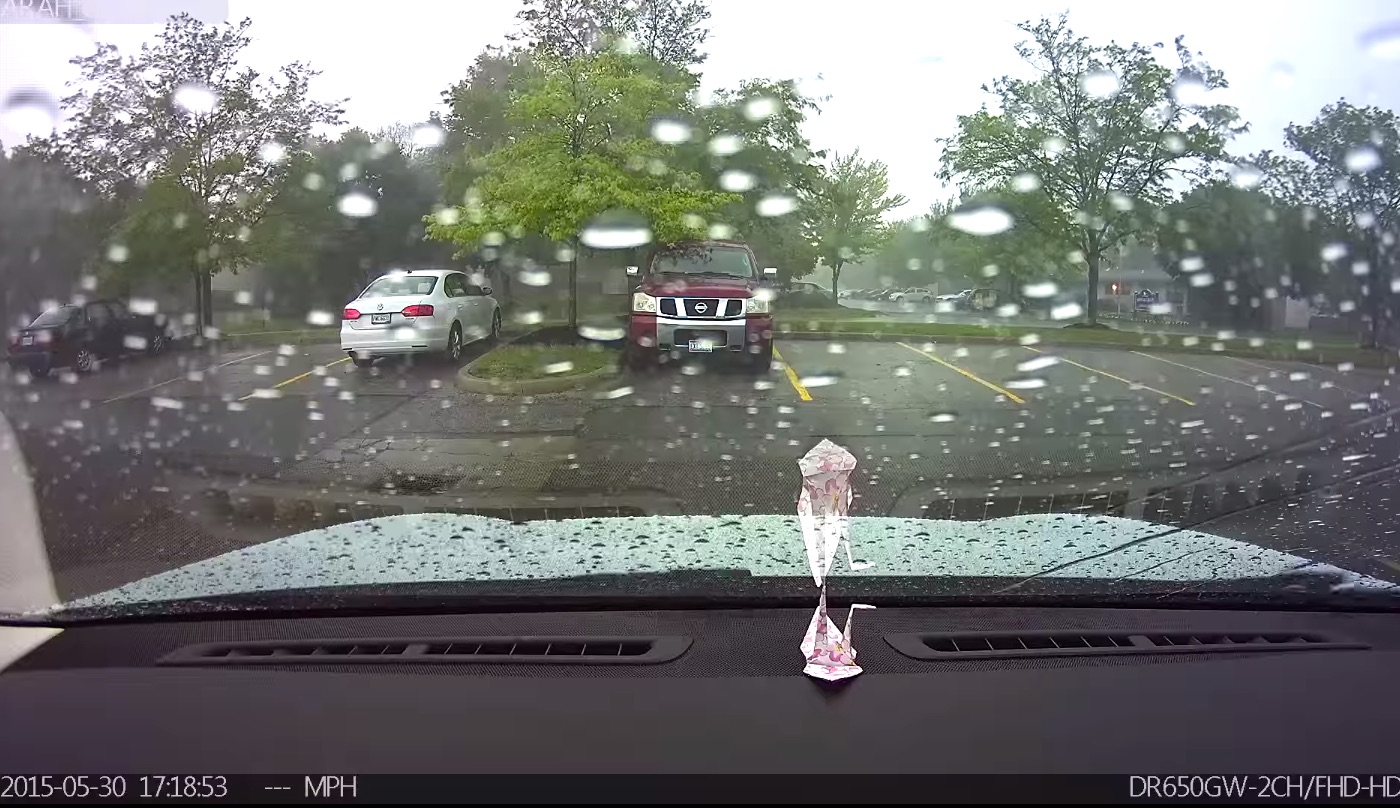ucmndd
Well-Known Member
American laws require battery packs to last 100,000 miles. So American EVs typically do not let their batteries drop below 50%.
This is complete and utter fabrication. Pure fantasy.
You can install our site as a web app on your iOS device by utilizing the Add to Home Screen feature in Safari. Please see this thread for more details on this.
Note: This feature may not be available in some browsers.
American laws require battery packs to last 100,000 miles. So American EVs typically do not let their batteries drop below 50%.
This is complete and utter fabrication. Pure fantasy.
Odd because sentry mode auto - disconnects at 20% chargeWhen I left my 2020 LRMY parked, unplugged, unlocked inside my home garage for a week with Sentry mode turned off the battery SOC dropped 1%. Perhaps others can provide their experience.
Absolutely amazing how many somehow know. And (as CaseyL constantly demonstrates) cannot even post one fact or number that demonstrates any knowledge. Somehow his emotions justified by insult are proof.
Because tell him that a 50% charged battery is listed a 0% on the dashboard, then he somehow knows that battery is at 0% energy. And again, no battery is at 0%.
We generally rate a battery with 20% energy as 0% to the consumer. For lithium, that would result in a battery only good for 300 to 600 recharges. So we don't tell CaseyL anything about reality. We keep him ignorant. Only let him discharge his battery to 50%.
This is, again, complete fabrication and fantasy. It’s also trivial to be proven false - lithium ion cells have well understood discharge/voltage curves. If “0%” is actually “50%” that would be easy to prove by measuring the pack voltage.EVs only discharge a battery no lower than 50%.
This is, again, complete fabrication and fantasy. It’s also trivial to be proven false - lithium ion cells have well understood discharge/voltage curves. If “0%” is actually “50%” that would be easy to prove by measuring the pack voltage.
:
50%? The idea that the batteries in EVs are actually capable of TWICE the energy density and range manufacturers make available to the consumer is a next-level delusion. Batteries are expensive. And heavy. Nobody is putting in DOUBLE the number of cells necessary, for any reason.
Think of the cottage industry that would have sprung up to unlock that extra range! People have had root on these cars for a decade now…There is also no way that Tesla, or any other car company, would "give away" that much range. I can just see the meeting where the engineer says, "This car actually has 600 miles of range, but I recommend that we specify the range closer to 300 miles".
Manager says, "You're a genius!”
I am so confused. I don't know who to be tee'd off with!
Rich
Absolutely amazing how many somehow know. And (as CaseyL constantly demonstrates) cannot even post one fact or number that demonstrates any knowledge. Somehow his emotions justified by insult are proof.
Then tell a naive consumers that his battery is at zero percent. Easier to not make them informed. So that they do not post more insults inspired only by emotions.
There are technical differences in how a Tesla and a Nissan Leaf accomplish this. But entrenched and hate inspired emotions here make it impossible to discuss such differences..
I disagree!!Honestly, amost all of us are agreeing with each other.
I don't know what more hilarious that you post with such confidence when you're actually flat out wrong, or that you keep doubling down over and over again.Fully charge it. Then leave it unplugged. It almost never happens. But batteries tend to create fires most often when charging.
If you do not have a 'whole house' protector (connected low impedance - ie less than 10 feet to single point earth ground electrodes), then lightning is all but invited inside to find earth ground destructively via your charger and car. Either a surge (lightning is only one example) connects low impedance (ie hardwire has no sharp bends) to earth. Or it is inside hunting for earth ground via all things inside. Only you make that choice.
A disconnected car is not a best connection to earth. Strongly recommended especially if using plug-in protectors anywhere inside a house. Since those puny Type 3 protectors have a nasty habit of finding even more destructive connections to earth. Must be more than 30 feet from the main breaker box and earth ground (to reduce fire threats). And must be protected by properly earthed 'whole house' protection.
Best is to charge it fully, disconnect a charger, and leave it. I should hold most of that charge even three weeks later. Lithium batteries are that significantly better at holding a charge compared to other rechargeable batteries.
My neighbor’s house was hit by lightning. Here is one of his surge protectors. The underside is where the thing was welded to the carpet. Everything plugged into this surge protector survived without damage. I figured everyone might be interested in seeing these pictures.
View attachment 804871View attachment 804872

That is the APC protector that resulted in a 15 million unit recall. Due to at least 700 potential fires that APC knew about. Also discussed here.My neighbor’s house was hit by lightning. Here is one of his surge protectors. The underside is where the thing was welded to the carpet. Everything plugged into this surge protector survived without damage.
All new home/office installations in the UK now have a surge protector- I fitted one before installing the tesla Gen 3 wall connector.I wonder if a good surge protector would help and just keep the mobile connector plugged in? I mean we don't run around the house and unplug all appliances and devices while we're away. They don't cost 100k either thoughI do leave mine plugged in during storms since my chargepoint is a smart charger and has gfci protection.


